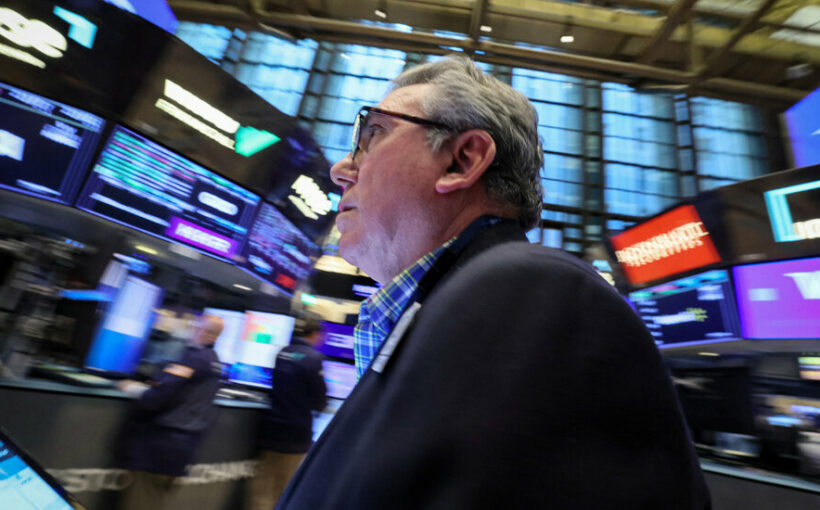Reeling from the collapse of banks that prompted intervention from authorities around the world and generated violent swings in financial markets, investors, analysts and economists are sure of nothing ahead of the Federal Reserve’s decision on interest rates on Wednesday.
Futures on the S&P 500, which give investors the ability to bet on the stock market before the official start of trading, were down slightly. Stocks in Europe and Asia mostly posted small gains.
The muted moves reflected widespread uncertainty about the outcome of the Fed’s meeting, with expectations upended by the crisis in the banking sector.
“We still don’t know what is going to happen,” said Max Gokhman, an investment strategist at Franklin Templeton Investment Solutions. “It presents a risk that there will be a much bigger move in markets after the announcement.”
That uncertainty has been reflected in whipsaw trading over the past two weeks.
Just days before authorities took control of Silicon Valley Bank on March 10, Jerome H. Powell, the chair of the Federal Reserve, testified to Congress that he was open to raising interest rates higher and faster in response to data that showed inflation stubbornly embedded within the economy.
Typically, the Fed likes to set investors’ expectations, leading them to the likely outcome of rate decisions, limiting any potential market fallout from a surprise move.
Early in March, investors piled into bets that the Fed would raise interest rates by a half point at Wednesday’s meeting, twice the amount the central bank raised rates in February. They also predicted that there would be a full percentage point of rate increases to follow, by the middle of the year.
After the collapse of Silicon Valley Bank, which came about in part because of the effect of higher interest rates on bank balance sheets, investors tempered their bets on further rate increases, tilting toward an expectation of a quarter-point increase at Wednesday’s meeting but leaving the door open to a larger increase.
After another week of banking turmoil that reverberated around the world, many began to believe that the Fed could instead leave rates unchanged. “It’s a coin toss now,” said George Goncalves, the head of U.S. macro strategy at MUFG Securities.
Mr. Goncalves tentatively predicts that the Fed will emphasize the need to continue fighting inflation but hold off on raising interest rates because of the banking turmoil. Economists at Goldman Sachs have a similar forecast. Nomura’s economists are boldly predicting the Fed will cut interest rates to support the economy. Most traders, according to futures markets, lean toward a quarter-point increase. “It’s a really challenging environment to be hiking in,” said Mr. Goncalves.
Derivatives markets, which can be used to bet on where the stock market is headed, reflected this uncertainty ahead of Wednesday’s meeting.
Should the Fed decide to keep interest rates unchanged, market prices imply an expectation that the S&P 500 will rise between 1.5 percent and 2.5 percent by the end of the day, according to analysis by the trading firm Optiver. If the Fed raises interest rates by half a point, the S&P 500 could fall by as much as 3 percent, those same derivatives prices show.
A quarter-point increase would put the onus on Mr. Powell to guide investors on the Fed’s intentions when he answers reporters’ questions at what promises to be a pivotal news conference, said Tom Borgen-Davis, the head of equity research at Optiver.
“It’s the first time in a long time that the outcome has been so uncertain,” he said.
Source: Read Full Article
